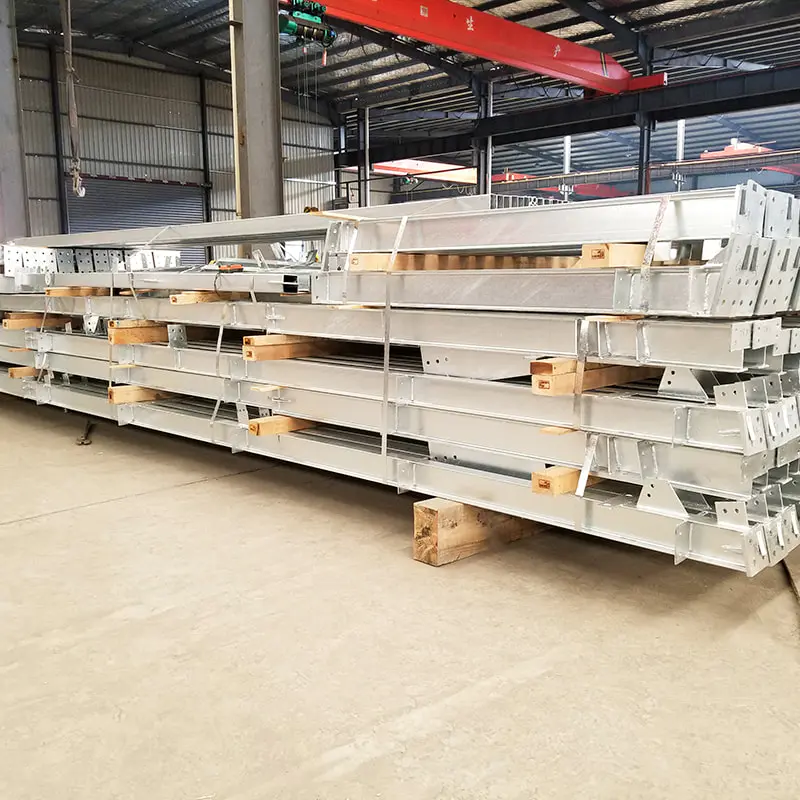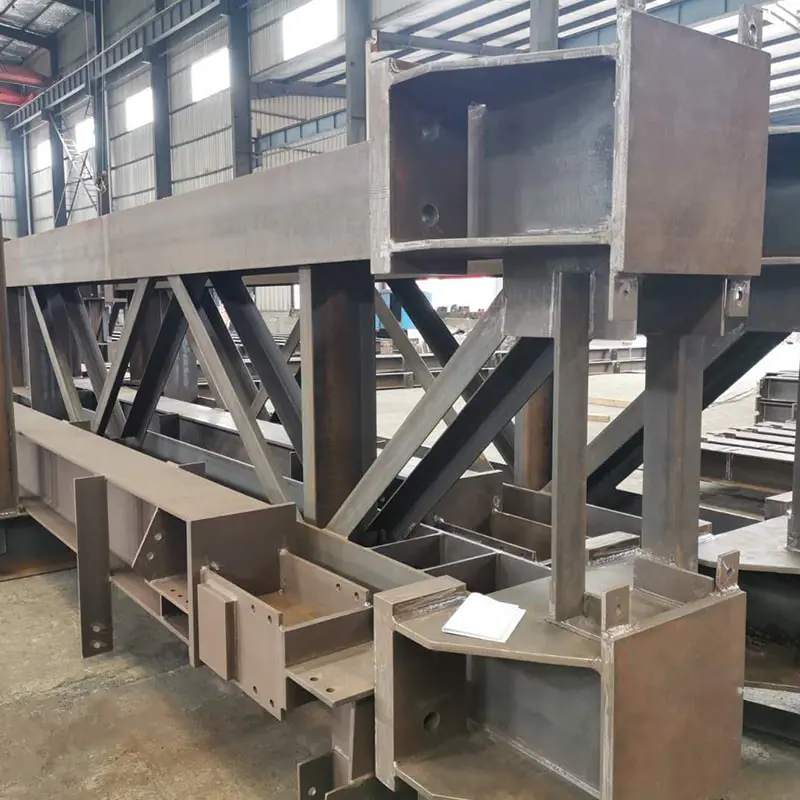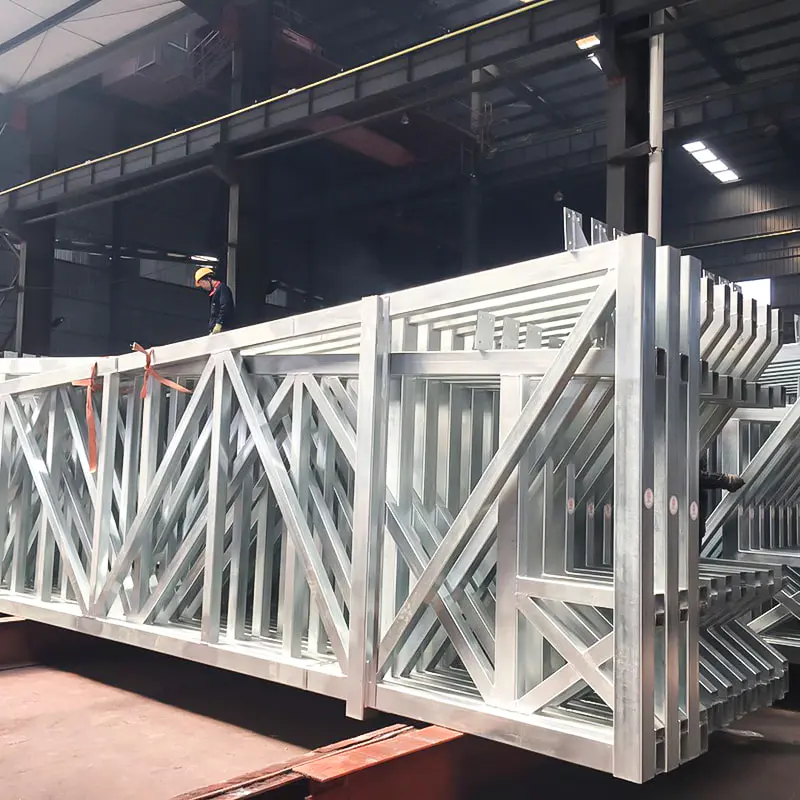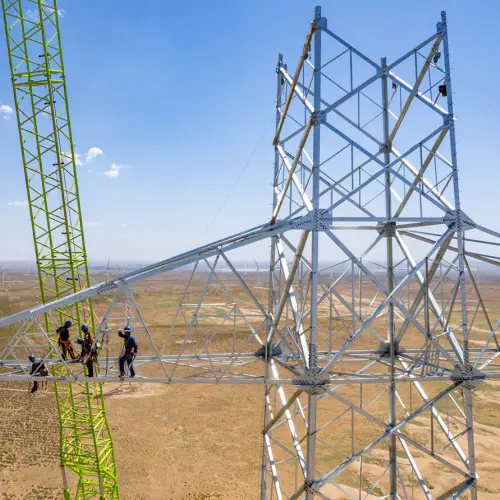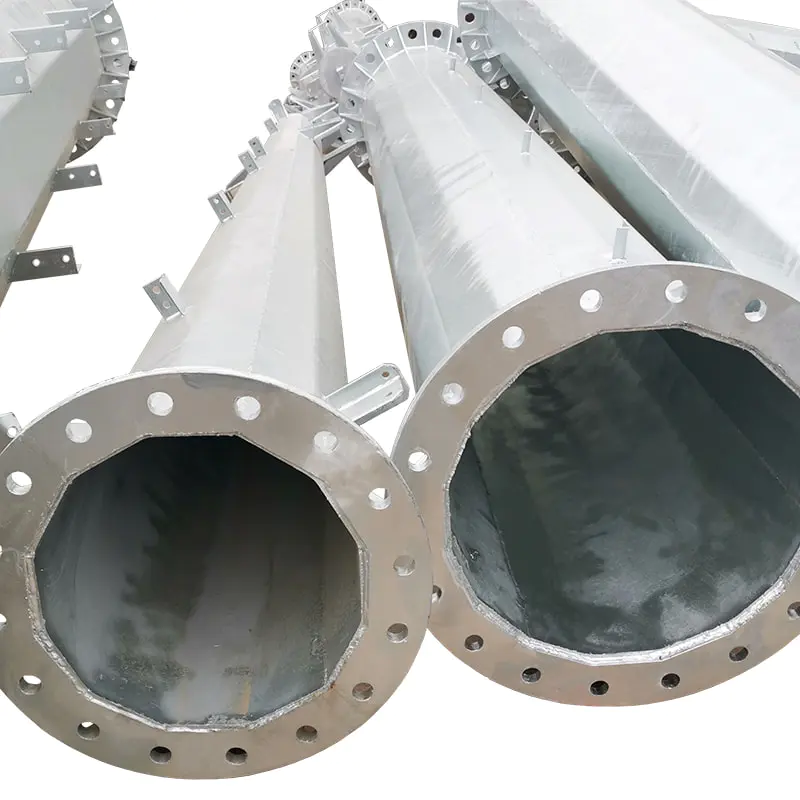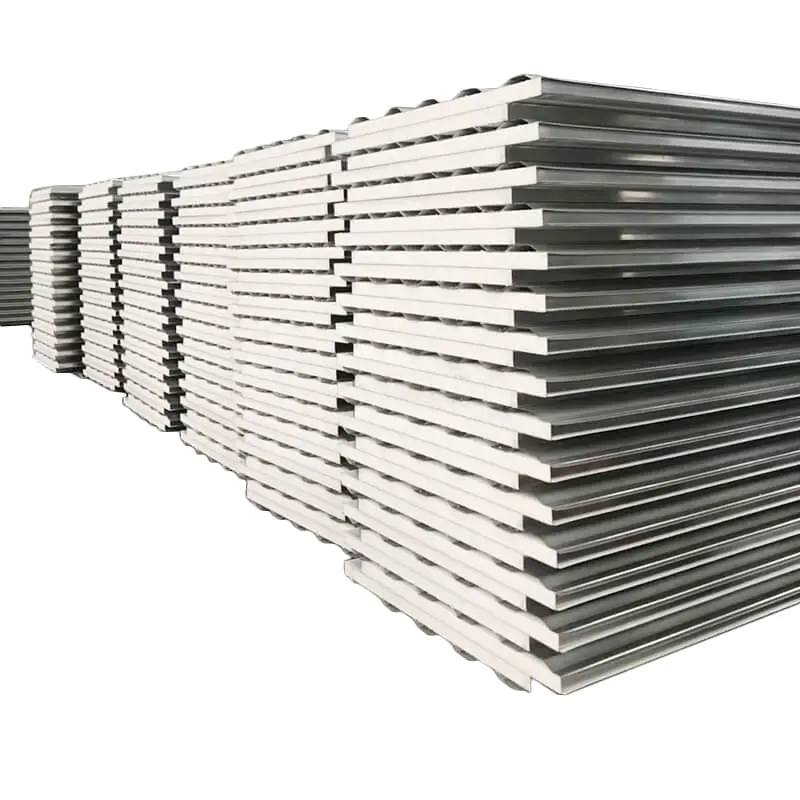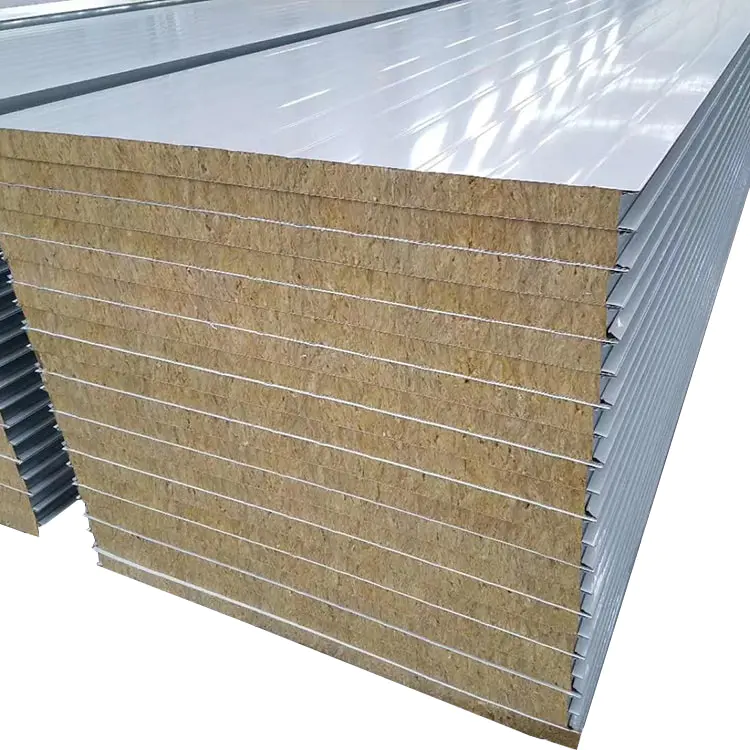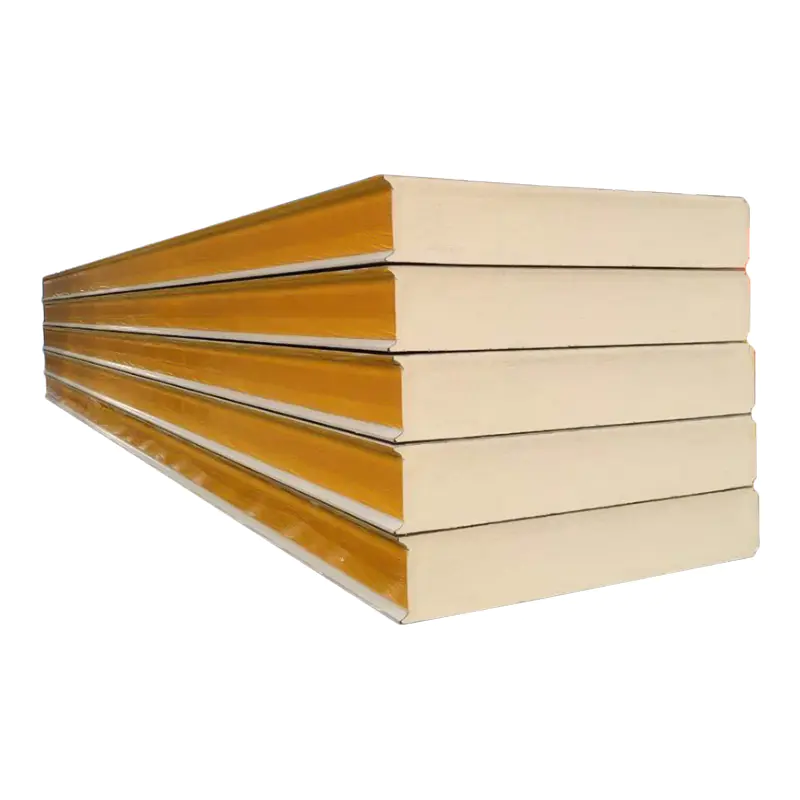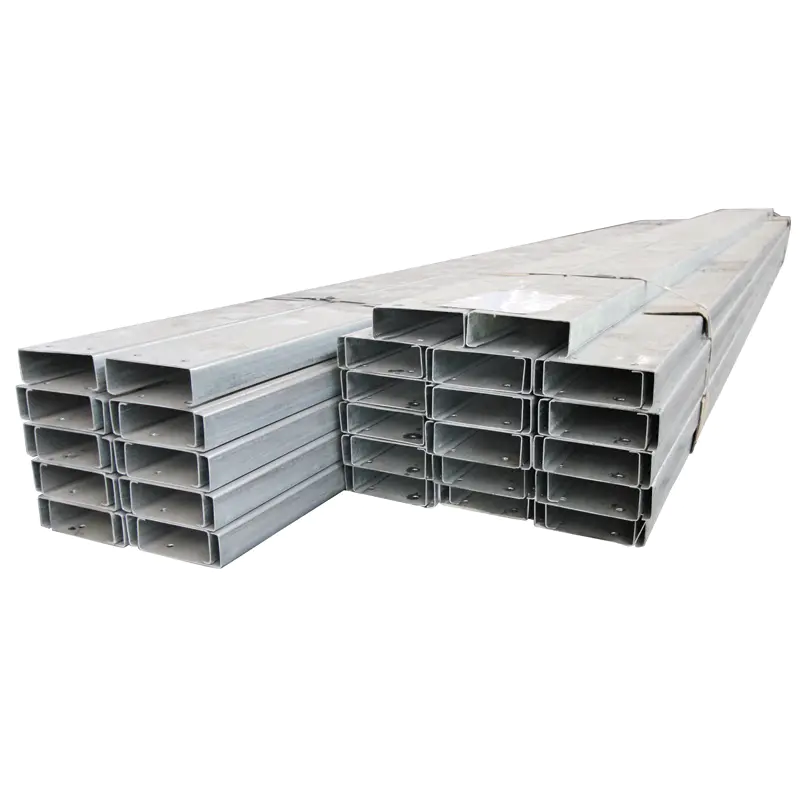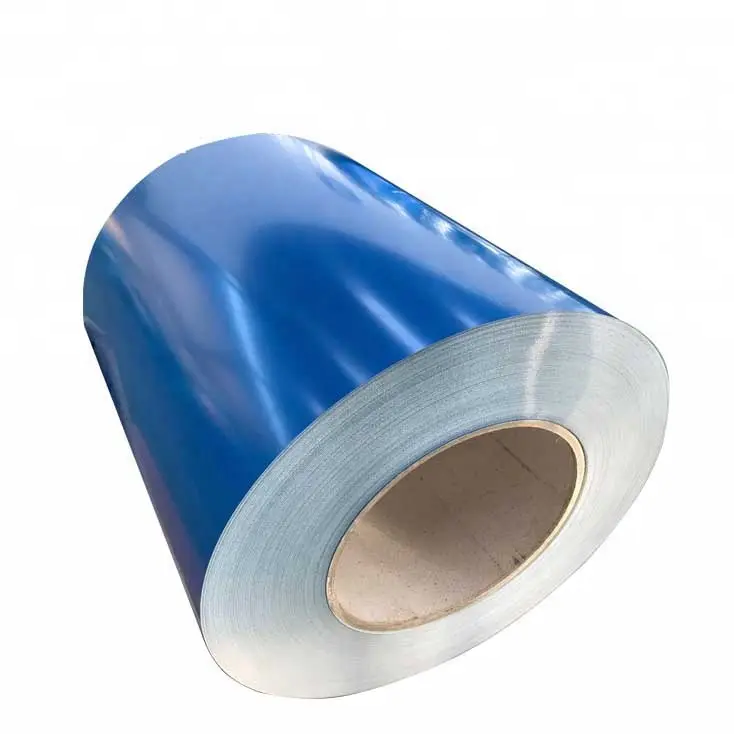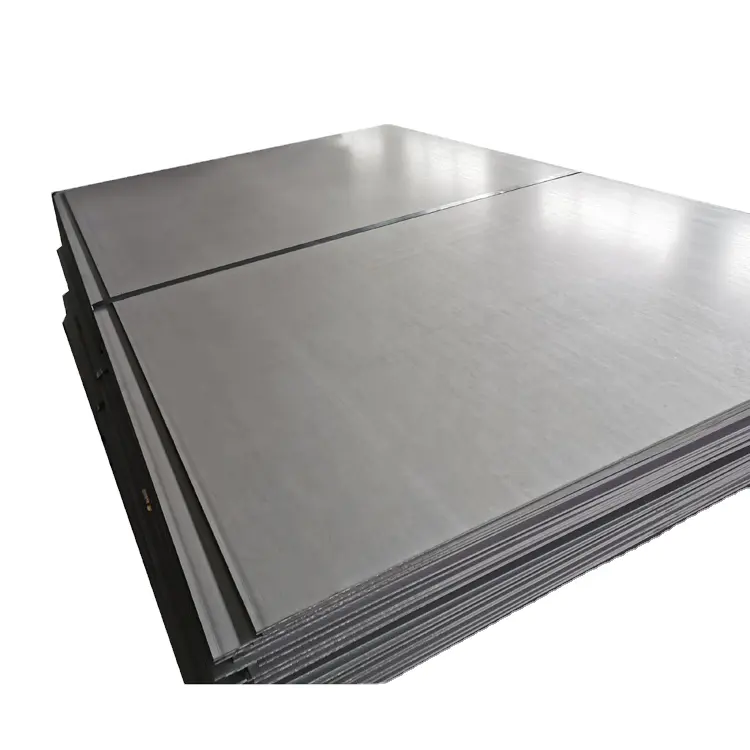Selecting the right structural elements for a roof is a critical decision impacting a building's longevity, safety, and performance. When it comes to purlins – the horizontal beams supporting the roof deck and transferring loads to the rafters or trusses – the choice often narrows down to steel or wood. While wood has been used historically, steel purlins offer distinct advantages that make them the preferred choice for many modern applications. Here's a professional comparison to guide your decision:
1. Strength and Load-Bearing Capacity:
- Steel: Offers significantly higher strength-to-weight ratio than wood. Steel purlins can span longer distances between supports without sagging or requiring intermediate bracing, enabling larger open spaces below. They have consistent, predictable strength properties (governed by yield strength) unlike wood, which has natural variations and is weaker in tension perpendicular to the grain. Steel is also isotropic, meaning its strength is uniform in all directions.
- Wood: Strength is highly variable depending on species, grade, moisture content, and grain direction. It performs well in compression parallel to the grain but is weaker in tension and shear. Longer spans typically require larger cross-sections or additional supports compared to steel.
2. Durability and Longevity:
- Steel: Highly resistant to rot, decay, and insect infestation (termites, carpenter ants). Properly galvanized (e.g., G60, G90 coating) steel purlins offer excellent corrosion resistance in most environments. Does not warp, twist, or split over time due to moisture changes. Offers a long, predictable service life with minimal degradation.
- Wood: Susceptible to rot, decay, mold, and insect damage, especially if not properly treated and maintained. Requires chemical treatments (like pressure treatment) for enhanced durability, which add cost and environmental considerations. Prone to warping, twisting, checking, and splitting as moisture content fluctuates, potentially compromising structural integrity and roof plane stability over time.
3. Fire Resistance:
- Steel: Non-combustible material. It does not contribute fuel to a fire and maintains its structural integrity at much higher temperatures than wood for a longer duration. This is a critical safety advantage, potentially slowing fire spread and providing more time for evacuation and firefighting.
- Wood: Combustible material. It chars and loses structural strength rapidly when exposed to fire, accelerating potential roof collapse. Fire-retardant treatments are available but add cost and may need reapplication, and they don't make wood non-combustible.
4. Dimensional Stability:
- Steel: Dimensionally stable. Does not expand, contract, or change shape significantly with changes in temperature or humidity. This stability ensures the roof structure remains true and minimizes stress on connections and cladding.
- Wood: Hygroscopic – absorbs and releases moisture from the air. This causes significant expansion and contraction across the grain, leading to warping, twisting, and potential loosening of fasteners over time. This movement can cause issues with roof decking and cladding.
5. Consistency and Predictability:
- Steel: Manufactured under strict quality control to precise tolerances. Properties like strength, dimensions, and coating thickness are highly consistent and predictable. This allows for more accurate engineering design and reduces on-site fitting issues.
- Wood: A natural material with inherent variability in grain, knots, density, and strength. Even within a specific grade, significant variations exist, requiring careful selection and potentially leading to waste or unexpected performance issues.
6. Sustainability:
- Steel: Highly recyclable at the end of its long life. Modern steel production incorporates significant recycled content. The durability and longevity of steel reduce the need for replacement and associated resource consumption over the building's lifespan.
- Wood: A renewable resource if sourced from responsibly managed forests (look for certifications like FSC or PEFC). However, the typically shorter lifespan and susceptibility to damage compared to steel may lead to more frequent replacement cycles in demanding applications, offsetting some renewable benefits.
7. Installation Efficiency:
- Steel: Lighter weight than equivalent strength wood purlins (especially for longer spans), making handling and installation generally easier and faster. Pre-punched holes for connections are standard, speeding up assembly. Less susceptible to damage on site.
- Wood: Can be heavier for equivalent spans. Requires careful handling to avoid damage (splitting, crushing). Cutting and fitting on-site can be more time-consuming than bolting pre-punched steel sections.
8. Long-Term Cost Considerations:
- Steel: While the initial material cost may sometimes be higher than basic wood, the long-term value is often superior. Reduced maintenance (no treatments for rot/insects), minimal risk of damage requiring replacement, longer lifespan, potential insurance savings due to fire resistance, and reduced labor during installation contribute to a lower total cost of ownership over the building's life.
- Wood: Lower initial material cost can be attractive, but potential costs for treatments, more frequent repairs or replacements due to damage or decay, higher maintenance, and potentially higher insurance premiums (due to combustibility) can increase the lifetime cost significantly.
While wood purlins may still have a place in specific aesthetic or heritage applications, cold-formed steel purlins (like C and Z sections) offer compelling advantages for the vast majority of modern commercial, industrial, agricultural, and residential roofing projects. Their superior strength, exceptional durability, inherent fire resistance, dimensional stability, consistency, and long-term cost-effectiveness make them the structurally sound and reliable choice.
When evaluating roofing materials, prioritizing performance, safety, longevity, and lifecycle costs strongly points towards steel purlins as the optimal solution for building roofs designed to last. Consult with a qualified structural engineer or building designer to determine the best purlin solution for your specific project requirements and local building codes.

